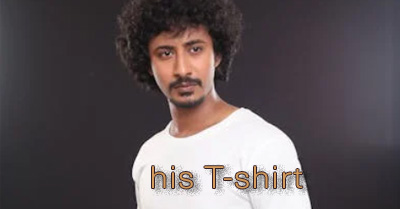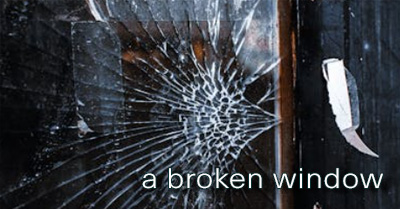Possessive Determiners | (A-Level, Basic)
Pre-requisites: For this lesson, you should know
Possessive Determiner: Ownership
We have or own things and animals. To show who has or owns something, we use a possessive determiner before thing or animal.
Examples: Singular possessive determiners showing ownership
— Is this John’s shirt?
— No, it’s his T-shirt.
I live here. This is my house.
Is this your book?
Is that John’s car or Mary’s car?
— It’s her car.

J Sarkar | Pexels
Examples: Plural possessive determiners showing ownership
— Are these John’s and Mary’s shirts?
— No, these are their T-shirts.
— Is this John’s book?
— No, it’s your book!
We live here. This is our house.

J Sarkar | Pexels
Possessive Determiner: Relationship or Association
When you say, “I have a friend,” it does not mean you own that friend. You are saying there is a relationship between you and that person. You use possessive determiners to show the same relationship.
Possessive determiners also show an association between persons and things. When you say, “My name is Mark,” you do not “own” that name. That is the name associated with you.
Examples: Possessive determiners showing a relationship
This is my wife, Susan.
My friend John has two brothers. Those are his brothers.
— Does Mary have a sister?
— Yes, I’m her sister.
— Is your English teacher from Chicago?
— No, our teacher is from Los Angeles.
These are John’s parents, and this is their son Albert.
What is this dog doing here? Where are its owners?

Subodh Bajpai | Pexels
Examples: Possessive determiners showing an association
My hair is brown
Is your name Marc?
I love listening to Beyoncé. Her voice is beautiful.
Look at these shirts. I like their colors.
This house is new, but its windows are already broken.

Lisa Fotios | Pexels
Summary: Subject Pronouns – Possessive Determiners
| Person |
Singular |
Plural |
| First |
I – my |
we – our |
| Second |
you – your |
you – your |
| Third |
he – his
she – her
it – its |
they – their |
Practice
Practice 1. Fill in the blanks using a possessive determiner.
Practice 2. Fill in the blanks using a possessive determiner.
Practice 3. Write sentences using possessive determiners.
Congratulations on completing this lesson!

Thanks to our supporters!
This material has been made possible by supporters like you. Learn how you can support us.

“What should I learn next?”
Check out possessive pronouns or use the navigation buttons to choose another skill or another lesson in this skill.
Thank you for Supporting Snap Language
Snap Language supporters make the creation of these materials possible.
Learn how you can support our work, get perks, and help us continue creating high-quality materials.
You can support us by simply white-listing this site.